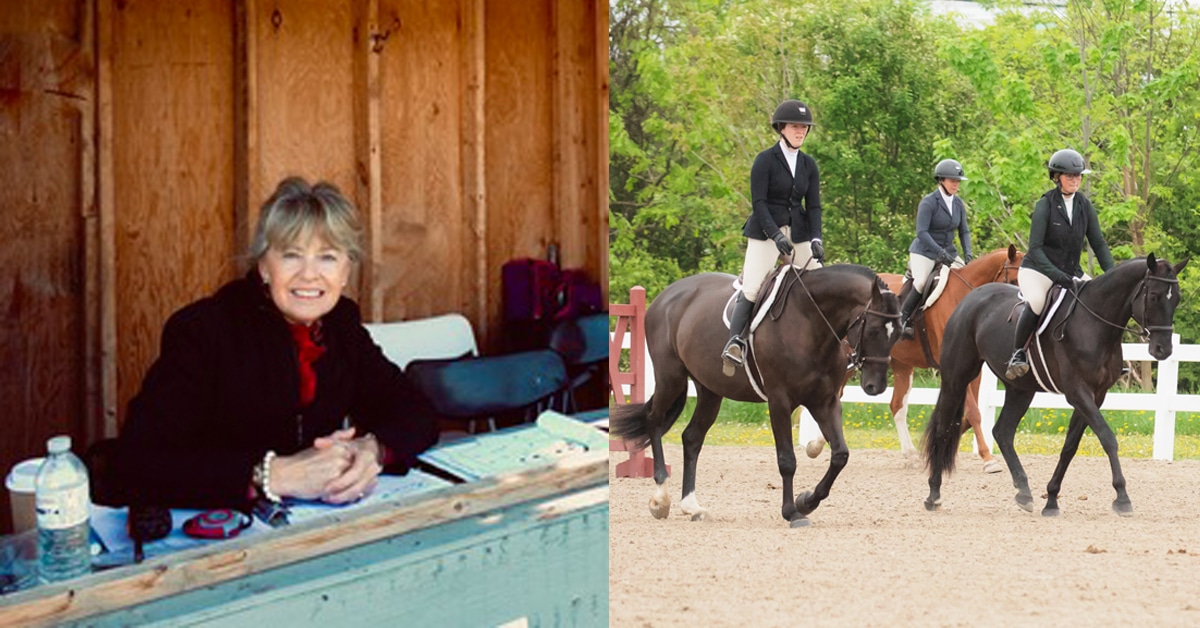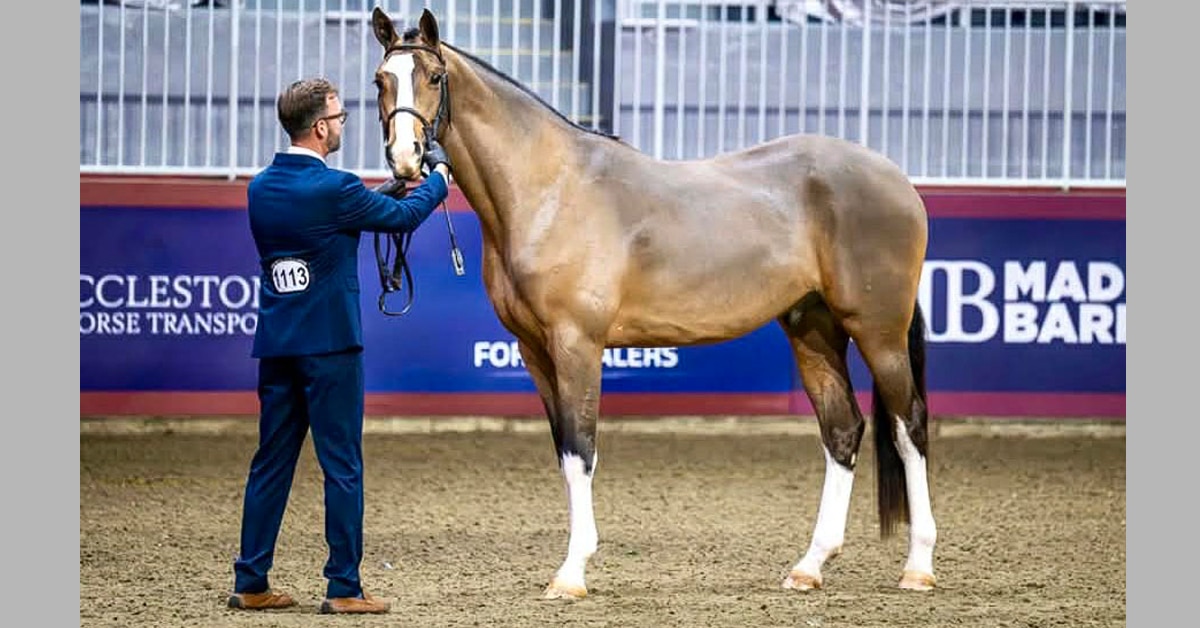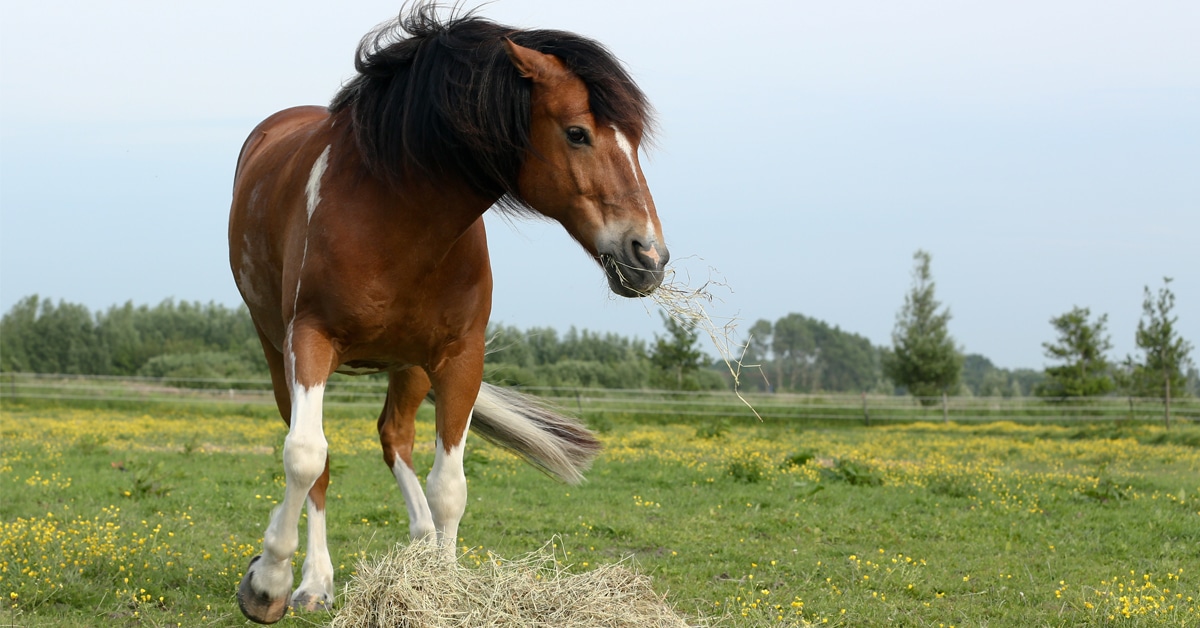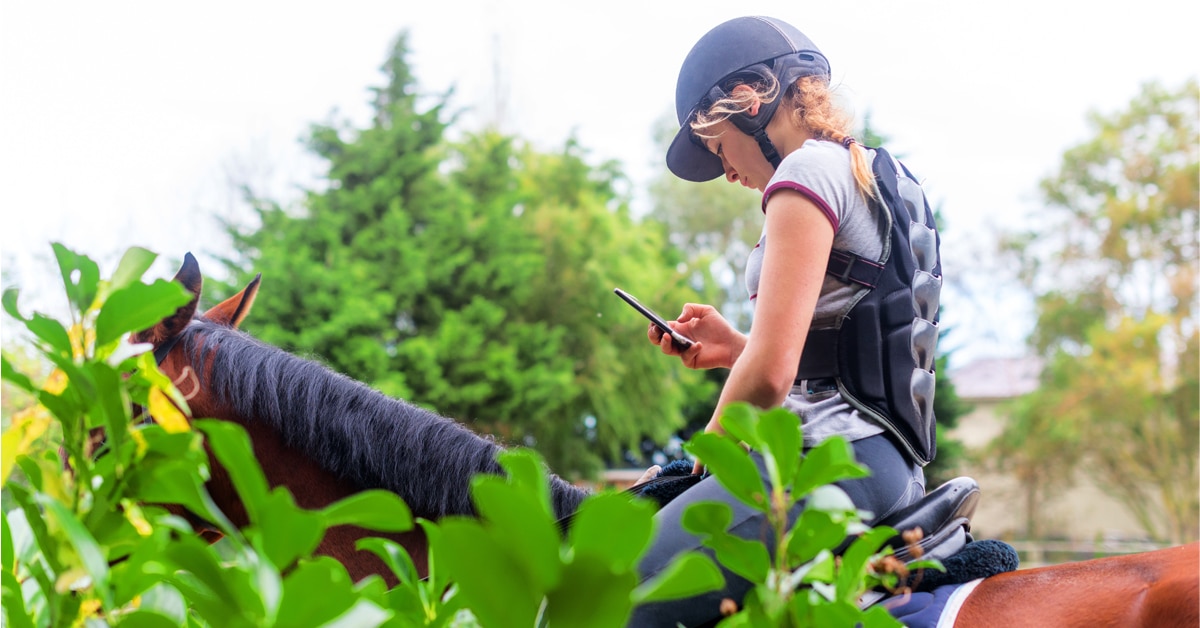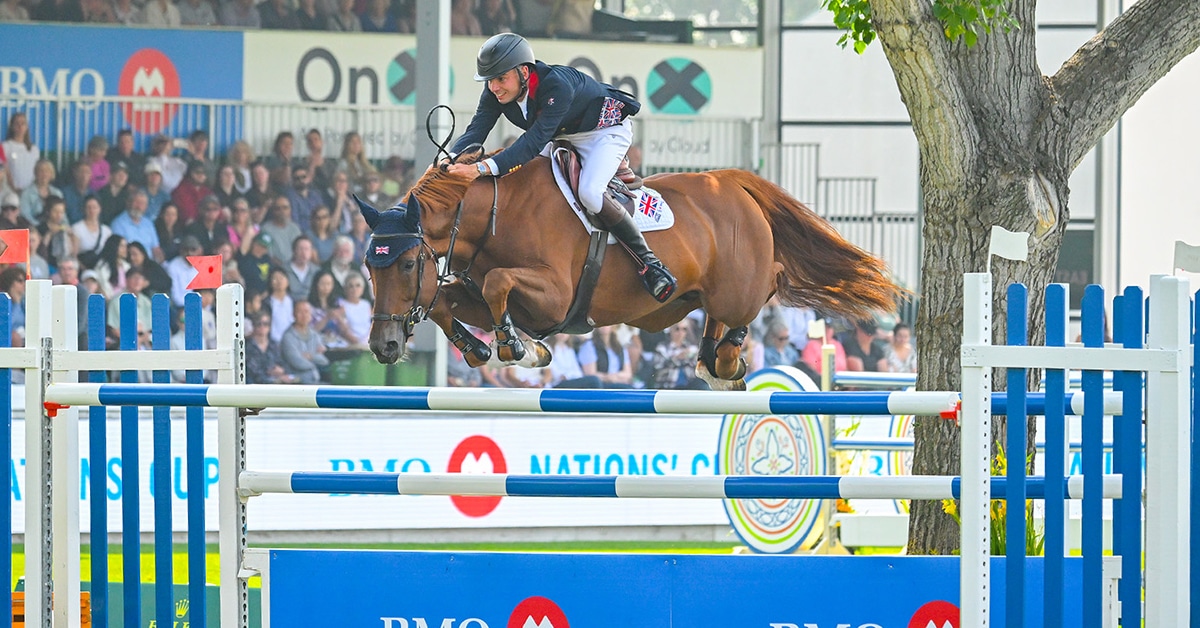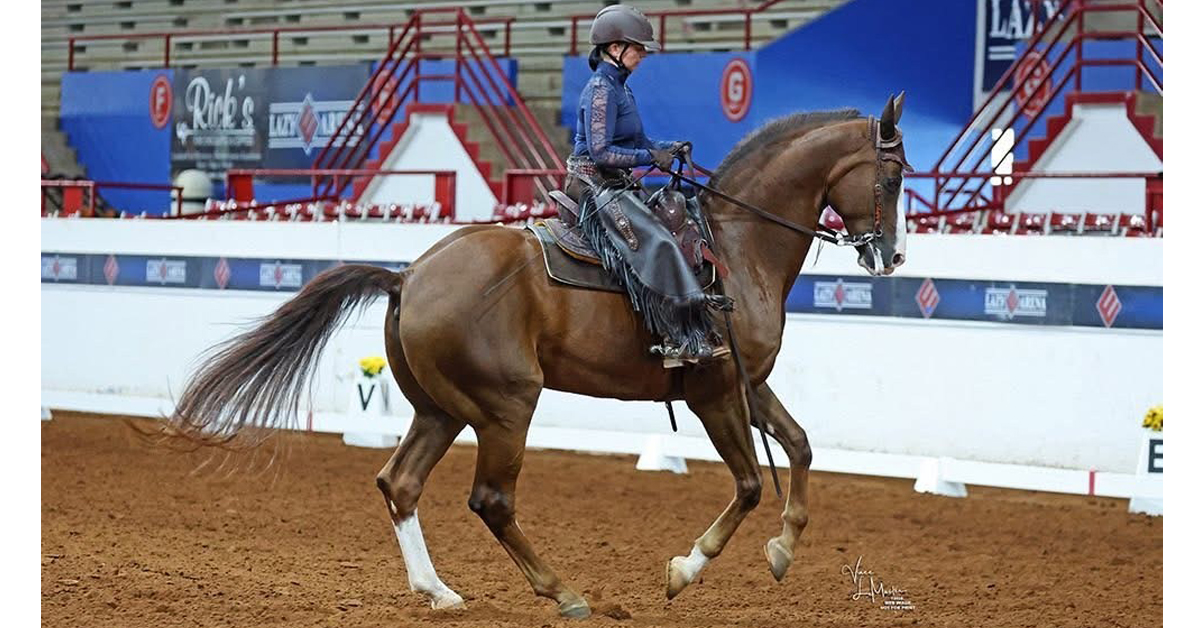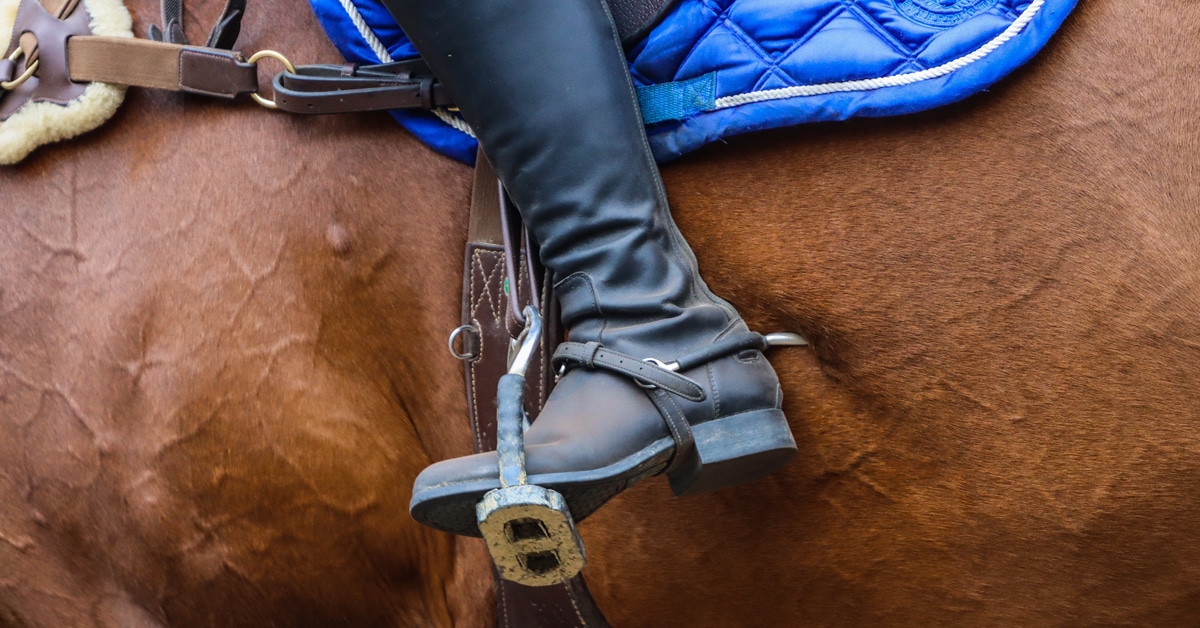It may come as a surprise to those who eat meat that cloning livestock for meat is now commonplace. The USDA does not even require food produced as the result of animal cloning to be labelled as such.
While the cloning of humans remains a taboo subject and an activity that is illegal worldwide, such is not the case with animals, including horses. Ever since Dolly the sheep was born in 1996, the science of cloning has been applied across the domestic animal kingdom. Horses are now cloned for the purposes of preserving genetic material for breeding, and it would seem inevitable that one day a cloned horse will make history by competing in the Olympic Games.
Cloning 101
Simply put, a cloned horse is a genetic copy, created without sexual reproduction. It is a common misconception that a clone is genetically modified (likely the fault of those scary movies), when in fact the opposite is true, since a clone is as close to a perfect replica of its donor as can be produced. It would be fair to say that a clone has no parents, although technically its genetic material comes from the same sire and dam as that of the animal from which it was copied.
The technology of producing a clone begins with a piece of tissue – typically skin – taken from a living animal, or one that is recently deceased (for hours, not days). Once taken, the tissue can be preserved by freezing it, and clones have already been made from preserved tissue some time after the donor animal has died. An unfertilized egg from a mare is emptied of its own nucleus, and replaced with a nucleus containing the DNA of the horse being cloned. Once the embryo has developed in the lab to a sufficient point, it is implanted into a surrogate mare, where it gestates just like any other embryo.
The percentage used to describe how identical a clone is to the original varies from one source to another, but the most commonly used number is 98 percent. An absolutely identical copy of the original horse is virtually impossible, due in part to environmental circumstances such as disease and nutrition. Another factor is the mitochondria, components of cells that are not part of the DNA, but that will still influence how an animal develops.
Dr. Juan Samper is an equine reproduction specialist whose business, JCS Veterinary Reproductive Services, is based in Langley, BC. Samper travels extensively in his work, including regular visits to Paul Schockemöhle’s breeding farm in Germany, where Samper assists the P.S.I. breeding program. He explains that when an egg is fertilized by the sperm of a stallion, mitochondria from the stallion also penetrate the egg. “When you don’t have that from the stallion, as is the case with a clone, you don’t have an identical copy,” he says.
Clones often have non-identical markings to the horses from which they were copied, because pigments can migrate during embryonic development. Nevertheless, clones bear an unmistakable resemblance to the donors of their genetic material. Once they are born, there are even more environmental influences that come to bear on how the clone develops, such as learned behaviour from the surrogate mother.
One of the primary ethical concerns raised by early critics of cloning had to do with the risk of causing animal suffering through failure. Samper says that ethical concerns surrounding the cloning process are not founded in current reality. “Pregnancy-associated problems are not as common as in sheep or cattle. Once the pregnancy is established, it goes to term with about the same frequency as a normal pregnancy.”
The first cloned horse was actually a pony born in Italy in 2003. While there is a steady increase in the number of cloned horses born each year, cloning remains an expensive way to “grow” a horse. “The price has come down a lot,” says Samper. “It costs around $150,000 to get a cloned horse; four years ago it was $250,000.” Demand for cloned horses is not huge. Two companies, Cryozootech in France and ViaGen in Texas, are the main producers of cloned horses – an indication of what a small niche the industry still is. “I think the price will probably come down a little bit more, but not too much,” says Samper. “Efficiency is not very high, and I don’t believe the demand will increase significantly. The only way you can drop the price is if demand becomes great enough.”
Why Clone?
The reasons for cloning cited by those who have made the investment range from the sentimental to the scientific. Horses are occasionally cloned for the same reason that a beloved dog is cloned. A far more common reason for cloning, however, is to preserve a bloodline for breeding purposes. Many top equine athletes are geldings, rendered infertile by a decision made long before that horse had proved its potential as a breeding animal. Stallions are also cloned so that the sought-after traits that have made them successful in life will continue after they are gone.
Two clones of the world’s top dressage stallion Jazz were born in 2012, for example. But Jazz has also produced offspring – stallions and mares – that are indisputably superior to their sire. Why would a breeder choose to use the semen of a Jazz clone instead of that of a Jazz offspring, the successful result of the selective breeding that has produced ever-improving athletes? “In breeding you are making genetic progress,” says Samper. “Why would you want to go back?”
Samper remembers an experiment that was being conducted in the ‘80s when he was doing his post-graduate studies at the University of Minnesota. Two herds of cattle were kept in separate but identical conditions. One herd had genetics from the ‘60s using semen from top bulls of that time, while the other herd kept up with current genetics. “In 1990, there was a difference in milk production between the two herds of 15,000 pounds per cow. The difference was due entirely to (current) genetics.”
Samper questions why anyone today would want to breed to a stallion like Northern Dancer. “I don’t think people would be interested today. I think that if your breeding program is designed to make progress and to fix traits, and if you are being successful, breeding to old genetics doesn’t make sense.” When you factor the cost of cloning into the picture, the value of cloning for purposes of breeding makes still less sense. But there is another reason that people clone horses: to produce a top athlete for sport.
About Face
The FEI does not have a reputation for reversing its policies, but that is exactly what has happened with the issue of allowing cloned horses in competition. In 2007, the FEI issued a statement at its General Assembly in which it declared cloning to be against its principles of ethics: “The competitive equestrian couple of horse and rider are both acknowledged as athletes by the FEI. The cloning of either with a view to competing at international level would be unacceptable to the FEI.” But at its inaugural Sports Forum last spring, the FEI revised its policy and announced that cloned horses could participate in FEI-sanctioned events.
Recent research into the ethical issues surrounding cloning, as well as to the scientific data regarding the extent to which a clone is identical to the original, led FEI veterinary director Graeme Cooke to the conclusion that “cloning gives no unfair advantage.” (Another probable reason for the reversal that has not been cited by the FEI is the fact that it is impossible to prove that a horse is a clone.)
The first clone of the great show jumping horse Gem Twist was born in 2008. The very earliest the world is likely to see a clone in the Olympics is 2016, and even then it’s an outside chance. The first clone to win a major title, or even a big competition in any FEI discipline, is almost guaranteed to cause a media frenzy and a resurgence of collective questioning about ethics.
If there is a valid argument in support of cloning, it may in fact be the sporting one. “There are instances where you could justify cloning,” says Samper. “When Big Ben [a gelding] was winning all over the world, if they had produced a clone from him that would have been a reasonable thing to do. But if you are cloning in general for purposes of breeding, I think it could be detrimental in the same way that it would be bad to start indiscriminately using semen from a very old horse in your breeding program. Not only are you not going to advance, you are going to go backward.”
There are now a number of cloned horses that were produced for the purpose of replicating competitive success. Mark Watring, who won individual gold at the Pan Am Games and competed at the Olympics riding Sapphire, is now waiting for that horse’s clone, Saphir, to mature. The cloning companies may recognize the market potential in cloning for sport, but they still sell their services based on breeding. Around the time that the FEI changed its rules regarding clones, Cryozootech founder Eric Palmer said, “we have concentrated on making stallions – our job is genetics.”
Here to Stay?
Cloning may be a mind-bender, but it is essentially nothing more than another reproductive technique, and one that compared to breeding, brings genetic improvement to a standstill. “I cannot say I would never recommend it,” says Samper, “but it would need to be a very special situation, such as an accident of a horse as a foal. I would be very careful in recommending it to people.” Not surprisingly, the World Breeding Federation for Sport Horses remains philosophically opposed to cloning. “The Board and the Executive Committee wish to adopt a pragmatic attitude towards cloning, although basically the ethics of the method are considered doubtful and despite the fact that breeding progress as a result of cloning is estimated to be limited, if any,” says a statement on the WBFSH website.
As long as there are people who can afford cloning, it is likely to survive. But given the questionable wisdom of using cloning for purposes of breeding, and the lack of guarantee that cutting off a slice of Valegro and growing a copy will produce an equally extraordinary athlete, it is not likely that the world’s breeders need to worry that they will be replaced by men in white coats hunched over microscopes.
The Latest
